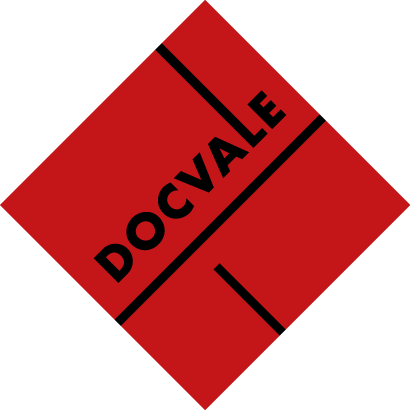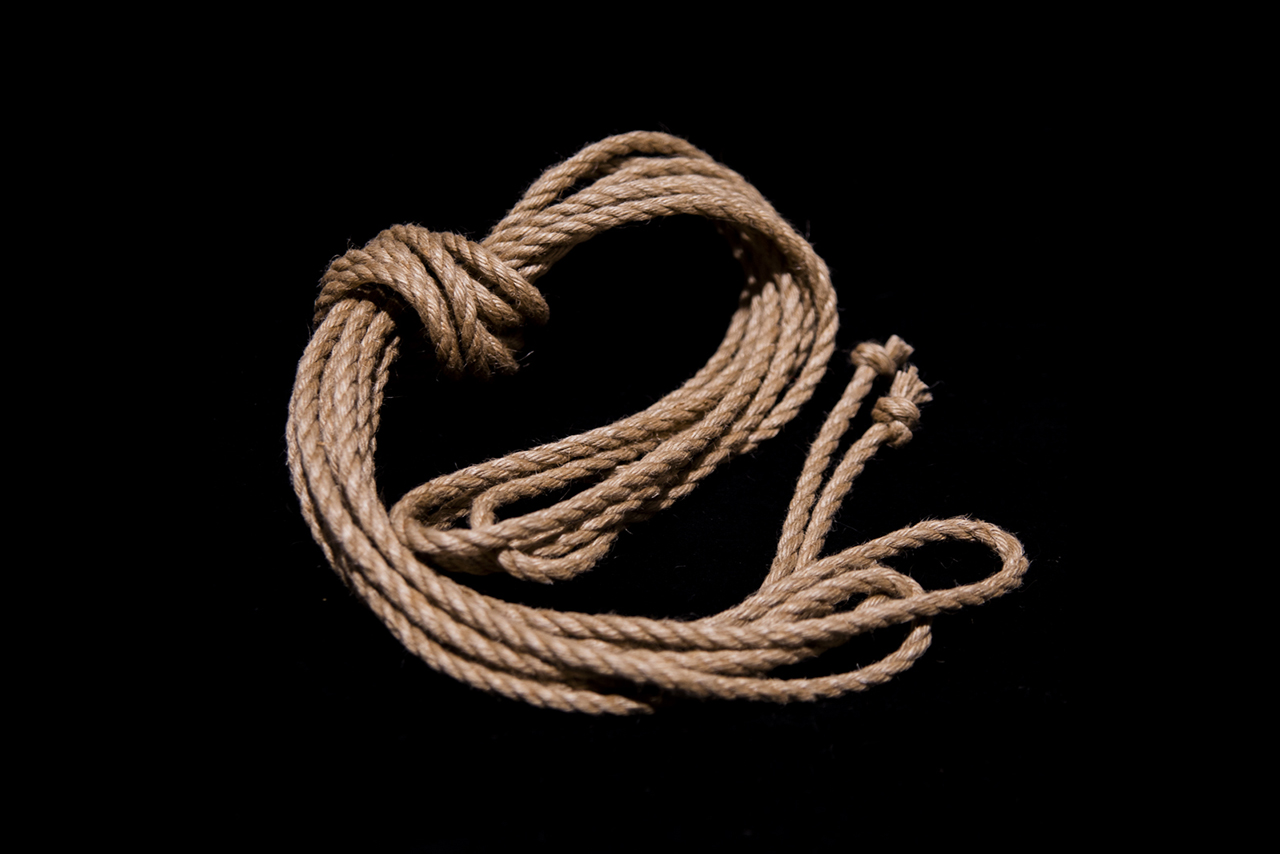Docvale

Pic : Bergamote – Tied person : Erato Bänana
Introducing Docvale:
I am a French kinbakushi (rigger) based at L’Atelier Simonet which I opened in September 2018. Naka Akira has honoured me by allowing me to officially teach his style in 2019.
I first became interested in ropes in 2007 to expand my BDSM practices. The start of my shibari practice coincided with my meeting with Tyka in 2011.
I very quickly wanted to teach, and so I started in 2012 in Paris, but also in Europe. I started performing quite at the same period.
In September 2013, I discovered Naka Akira’s semenawa, which best met my expectations. As a result, I decided to devote myself entirely to it and then became one of the very first riggers to practise this style. At that point, and on the recommendation of Naka Akira, I began to develop my own style of tying.
Today my kinbaku is constantly evolving, but it is mainly centred on my desire to better perceive and understand others.
For me, teaching is the best way of sharing my passion and passing on the values of kinbaku.
If you’d like to invite me to work with you, here’s what I can offer:
- workshops.
- Private classes or intensives.
- Performances or private performances.
- private scenes.
Docvale’s style:
After my trip to Tokyo in early 2016, it became clear to me that I needed to develop my kinbaku in a more personal direction. The encouragement of Naka Akira, who has greatly influenced my work since 2013, enabled me to deepen and evolve my research into shibari in order to start developing my own kinbaku style.
Of course, things didn’t go so smoothly and the first few years were particularly difficult. Taking inspiration and/or learning shibari from others gives you a guideline, but at that step all the reference points disappear. I went through a period of emptiness that I could compare to having a blank page. When the situation got better, I was finally able to begin my personal research, which I decided to focus on the interaction with the other person and my perception of my partners’ emotions.
Very attached to the roots of Japanese bondage since Ito Seiu, particularly from an aesthetic point of view, my kinbaku aims to reappropriate the work of my predecessors.
Since the early 2010s, shibari has evolved a lot and my wish is to pass on the heritage of past generations while including my own personal vision.
Contemporary kinbaku has contributed a great deal in terms of safety, manipulation of the person being tied, adaptation to anatomy and communication in the ropes. So I find it exciting to use the tools of my generation to revisit the aesthetics of the past, which have had a major influence on my work.
(e.g. In modern kinbaku we use a large number of techniques that allow us to put less less physical stress and preserve our partner while trying to create less pain. What difference does this make to the psychological impact on the ropes? How does it change our interaction in the ropes? Could it be interesting to vary these techniques and mix them with more ‘old schlool’ techniques?)
As I can’t fully grasp the Japanese aesthetic because I’m not from that culture, my choice was to immerse myself in Japanese kinbaku and try to perceive it according to my own feeling. Understanding the issues and translating them as best I could into Western understanding.
In 2018, I made the choice to pay attention only to my interaction with others in my kinabku. Not as a renunciation of continuing to progress, on the contrary it was the aspect of the ropes that I had chosen to develop and refine. As time went by, my practice calmed down a lot and became more serene, and I noticed that it brought a lot of precision to my communication in ropes. I also gained enormously in my ability to listen to my partners. Finally, I’ve realised that even the smallest details can have a huge impact on the people I’m tying.


